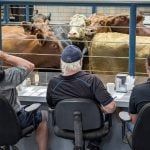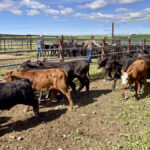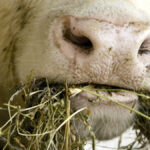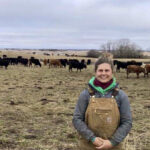
Features

Bale grazing and pasture rejuvenation
Forage extension veteran Grant Lastiwka shares his winter-feeding strategy and explains how it fits into his year-round grazing system

Sendero seeks continuous improvement across supply chain
New program offers improved efficiency and profitability by improving data flow through the beef value chain

Making food waste work in your feeding program
There are several benefits and challenges to weigh when introducing food waste as a feed source

Study delves deeper into preconditioning calves
Researchers are exploring disease prevention, economics and performance benefits on feeder calves

Developing the right cattle for profitable ranching
Whether you’re culling cows or selecting bulls, look for the animals that can perform in your environment

A closer look at your feed test
A ruminant nutritionist provides us with an in-depth look at a real-life feed test for hay

Financing for first-timers
Two bankers offer tips for young producers preparing to talk to a lender

Unconventional: Salvaging crops and feeding weeds during drought
Whether you’re eyeing a flax crop or baling ditches and sloughs, here’s what you need to know about alternative feeds

Focusing on the big picture
Whether it’s managing the cow herd or lobbying on Parliament Hill, Holly Sparrow is in a learning frame of mind

Livestock research a high priority for VIDO
COVID has highlighted the need to connect human and animal health, and for resources to address pandemics in either sphere



